Building your own delicious Buddha Bowl
I usually love to eat a lot of varied foods but there’s one staple meal I always reach for when I don’t know what to do. It’s simple, it’s filling, it’s open to a lot of variety and experimentation, and you can eat it out of a bowl.
I am, of course, talking about the Buddha Bowl!
You may have seen it making the rounds on social media and for good reason. Its super simple concept is what makes it so popular.
The basic premise: pick and choose your favourite ingredients, mix them all together, and eat your meal out of a bowl! Because these basics are so simple, it opens your bowl up to a variety of possibilities.
This is how I assemble my Buddha Bowls:
1. Choose a base
The most common option to start off a bowl with is a base of some grains, like rice, quinoa, millet, and the like. But, really, there are many choices to pick from here.
Heavier bases
Do you want a heavier meal? Need to refuel after a hard training session? Then opt for a nutritious carb like potatoes, rice, quinoa, buckwheat, etc. This will ensure you recover after training and will be satisfied long after your meal.

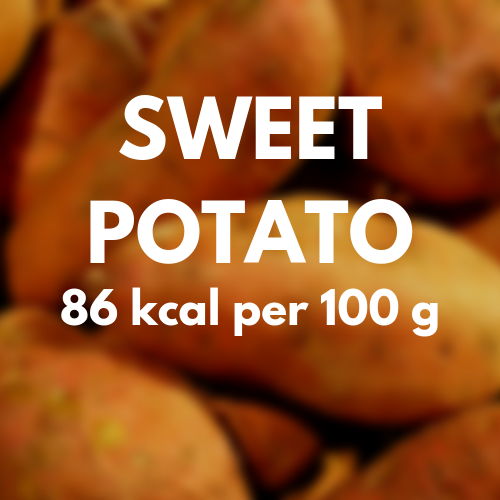
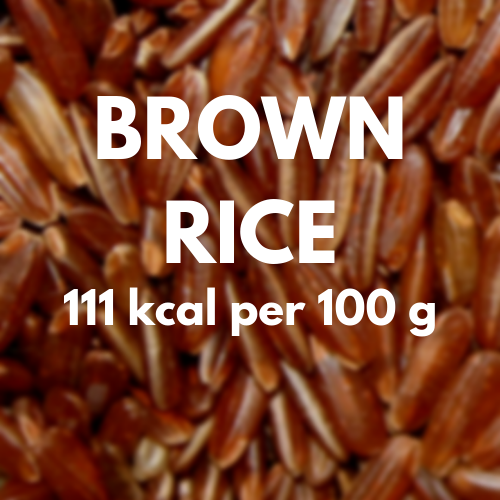
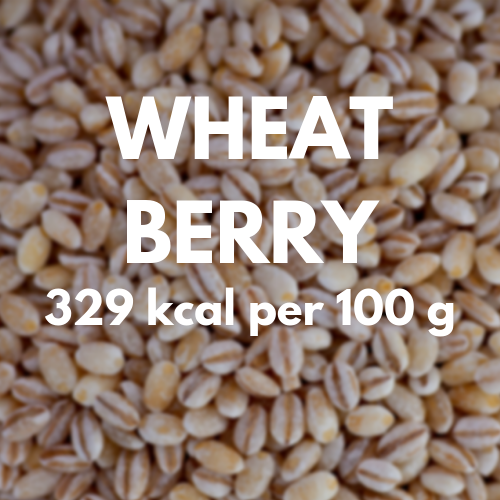
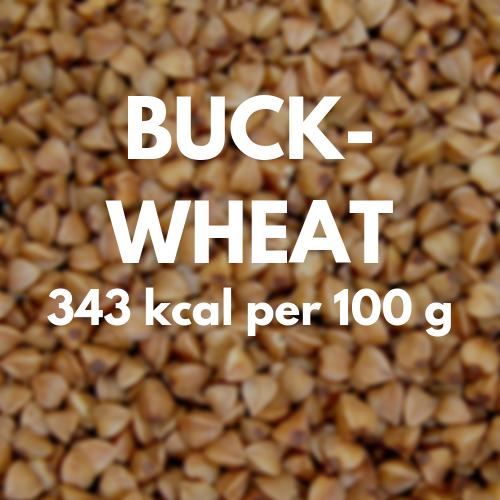
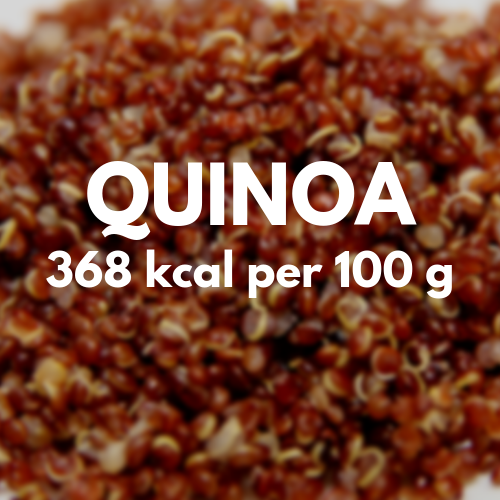
Lighter bases
Want a lighter meal instead? Don’t feel like a heavy dinner before going to bed? Then opt for a low carb source like coleslaw, shredded carrot, or some leafy greens (spinach, rucola, lettuce, etc).
Because they’re low on energy (but packed with nutrients!) you can fill up on volume rather than calories. So this is an excellent option if you’re aiming to lose some weight but still want to eat satiating meals.
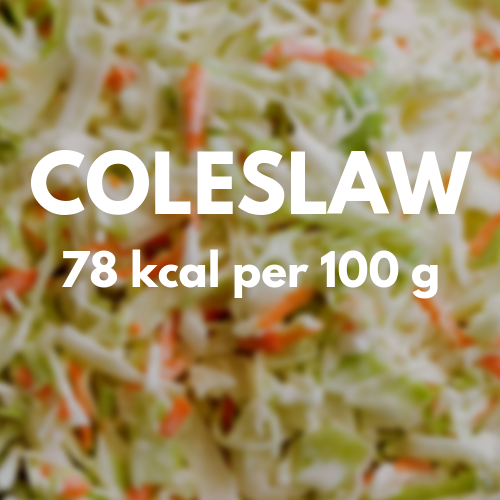
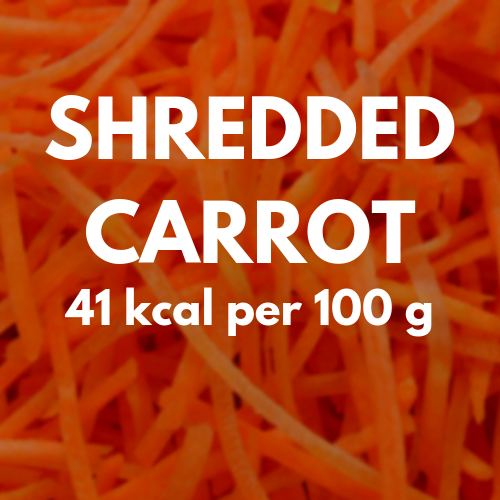
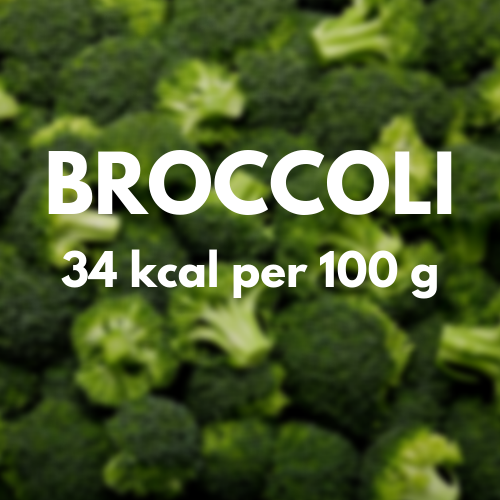
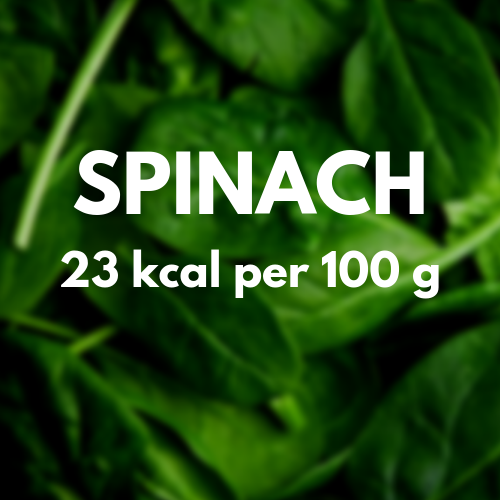
2. Choose a protein source
Adding a protein source to your bowl will not only add texture but make it even more filling. There are many options to choose from, so let’s have a small run down of the ones I use weekly:
Legumes and Beans: full of protein and healthy fiber, these should be a staple to any plant-based diet. And there are so many different kinds: red and yellow lentils, kidney beans, pinto beans, black beans, etc, etc.
Tofu: either scramble some soft tofu or dice some firm tofu. Soy is an incredibly versatile plant and a great source of protein, as it’s a complete protein.
Tempeh: this delicious protein is usually made from soy but there other types as well and it adds a tasty, nutty flavour to your bowl.
Seitan: a staple is many vegans’ diet, seitan has a lot of protein and a nice, chewy consistency. Plus, it easily absorbs whatever marinade or flavouring you add to it.
Vegan meat substitutes: meatballs, sausages, vegan strips, etc – pick your favourite because we live in a time where the options are plentiful!
You can choose yourself how to prepare each of these: bake your beans or grill them in the oven; have your tofu raw or bake the lightly in tamarin sauce; prepare your soy meat with onion and spices in the pan, or whatever you’re in the mood for.
3. Add your Fillings
For filling I have one important tip: eat the rainbow!
Consume as many colors of vegetable as you can fit in your bowl: yellow paprika, green broccoli, black and white eggplant, brown mushroom, orange carrot, red tomatoes, purple cabbage, etc.
Not only will you always have a new flavor and texture to try out but it will also be beautiful to look at. And, let’s face it, you eat with your eyes as well. If a meal looks appealing, you’ll be even more inclined to devour and be satisfied by it.
The more vegetables I can fit in my bowl, the better. So you’ll typically see me toss together: paprika, carrot, courgetti, eggplant, mushrooms, and broccoli – all in one bowl!
In my opinion, what you should always try to get in your meals is dark, leafy greens.
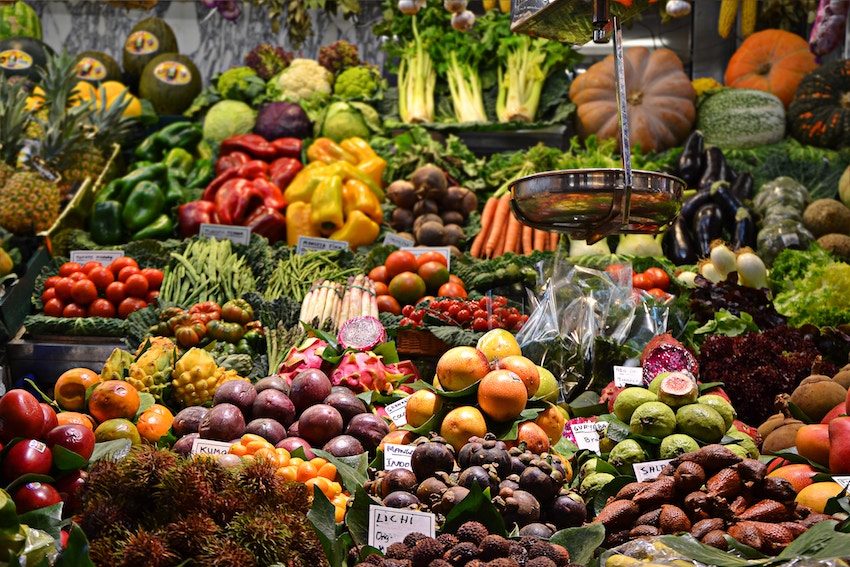
As a bonus, if you’re trying to really cover some specific nutrient, here are some filling additions you can pick from:
Zinc: vital to the immune system and metabolism. Luckily you can find it in several sources like lentils, peas, beans, leafy veg, nuts, and seeds.
Iron: essential for red blood cell production and found in beans, lentils, green veg, wholegrains, apricots, prunes, and dates.
Omega 3 fatty acids: crucial for brain and eye function, it also helps lower cholesterol, and has anti-inflammatory properties. Can be found in nuts, seeds, algae, avocado, and tofu.
Vitamin D: While the best Vitamin D source is the sun, your body still needs to metabolize the sunrays into vitamin D. Needed for bone health and the immune system, it can be found in fortified cereal and milk, as well as white and shitake mushrooms.
Calcium: used for building and maintaining strong bones, plant-based sources of calcium are more difficult to absorb a larger intake is recommended. Eating enough of the right sources will cover your bases and these include cruciferous vegetable, soybeans, chickpeas, black beans, and almonds.
4. Add flavour
Finally, we’ll add a little zing to your bowl by adding some kind of flavouring.
Personally, I like the sprinkle some spices over the meal but you can always opt for a good and simple dressing, like mustard sauce, peanute sauce, tahini dressing, etc – all depending on your personal tastes and likes.
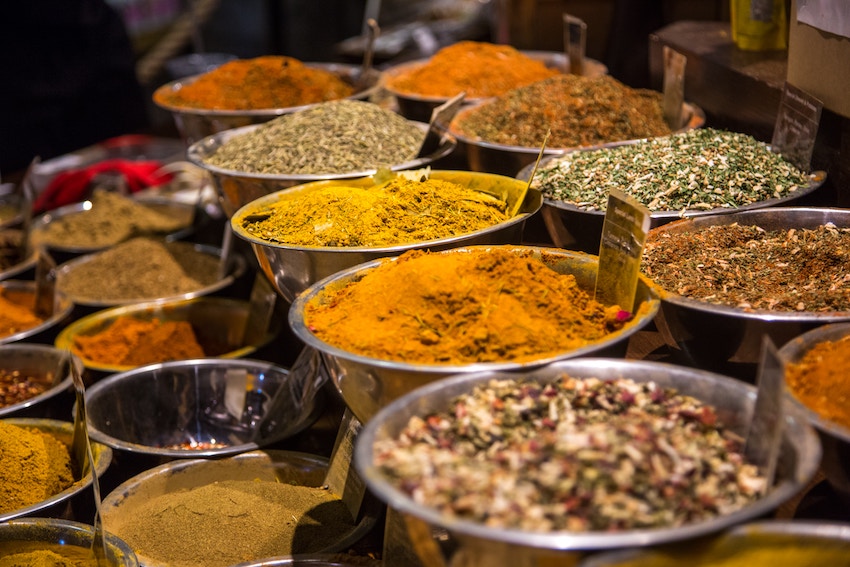
My favourite buddha bowls
By following the above blueprint – a base, a protein, a filling, and a flavour – you can create an endless variety of Buddha bowls, all tailored to what you like specifically.
Be creative and have fun with it!
Below are a few of my favourite bowl recipes; a staple in my own diet.
recipe veggie-bowl recipe poke-bowl recipe potato-bowl





